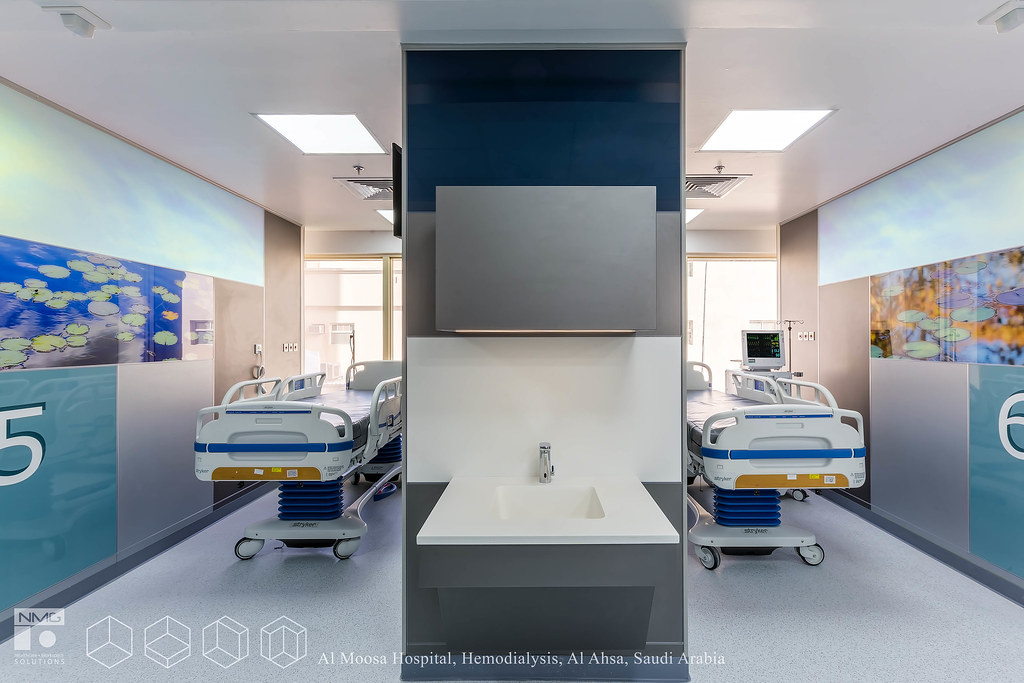Amongst the North African countries, Egypt formulates the biggest demand in healthcare development. The Egyptian healthcare market continues to grow, due to demand from the continuous increase in general population (expected to reach 151 million by 2050), and, specifically, due to a gradual increase in the elderly population (from the current level of 7.8 per cent to 15.3 per cent by 2050), as well as increase in health insurance coverage.
Keeping in mind this need for growth, Informa Exhibitions, the organisers of Arab Health Exhibition & Congress, have launched North Africa Health, which is set to take place from April 6 to 8, at the Egyptian International Exhibition Center (EIEC), situated in New Cairo.
The full-scale exhibition will gather decision makers and professionals in the medical field from various regions under one roof and will be complemented by a diverse range of educational content.
The 12th edition of North Africa Health (previously Mediconex) will expand its visitor audience to include key buyers, dealers, distributors and healthcare professionals from the whole North African region. The expo will host over 3,000+ attendees, 150+ leading international and local companies from 20 countries showcasing the latest in medical device technologies and healthcare services, 154 product categories, and three Continuing Medical Education (CME) accredited conferences that will provide insights into the latest clinical and non-clinical healthcare trends in the market. These accredited conferences and hands-on-training workshops will provide the opportunity for growth in multiple fields.
Visiting North Africa Health is sure to be a beneficial experience for all dealer and distributor job functions – from senior management of larger organisations that are looking to connect with key industry players, sales and business development professionals tasked with expanding their product portfolios and entrepreneurs hoping to source the next ‘big product’ to supply in their country. With 20 manufacturing countries to choose from, choice is one thing that will not be lacking at the show.
Furthermore, professionals who are tasked with purchasing and procurement responsibilities, educational providers and medical specialty associations, can use North Africa Health as a way of starting each new year efficiently. Using the show as an opportunity to get ahead of the upcoming year’s product needs, they can scope the full variety of options available and take part in detailed discussions.
Exploring latest trends
As a leader in the industry that emphasises the importance of innovation, North Africa Health will ensure that several avenues are available for healthcare professionals to foster connections.
The CME conferences will take place across all three days and cover different disciplines. The Egyptian Society for Radiology and Nuclear Medicine (ESRNM) will be hosting their 55th annual conference during the show. With the opportunity to network with a range of professionals in the field of radiology, the delegates will receive a holistic educational experience achieved through live education, debates and discussions. In turn, this meeting will fast-track advances in radiology that will benefit the healthcare community.
Plus, as part of the Laboratory Medicine Conference, the Egyptian Society of Laboratory Medicine (ESLM) will also be hosting their 30th annual edition of the ESLM conference. It is one of the biggest yearly events for medical laboratory professionals in Egypt, as well as across Africa. Spanning over three days, with two parallel sessions, the programme will showcase a multitude of topics featuring international and local speakers. The theme of the conference is ‘Breakthrough to Excellence’ and will feature scientific lectures examining the latest findings in lab medicine, allowing for ample time to discuss new developments with experts. The event will also host poster sessions situated throughout the exhibition hall.
Furthermore, joining North Africa Health for the first time is the American College of Surgeons – Egypt Chapter who will be hosting their annual conference and will feature a mix of surgical sessions.
The first day will focus on ‘Women in Surgery in Africa’, highlighting the work achieved, and run by women exclusively. This session will feature an expert from the American College of Surgeons, as well as members from the Women in Surgery Africa (WiSA) association. The other sessions will cover a variety of topics ranging from gastric to endocrine surgery.
For more info visit www.northafricahealthexpo.com.













